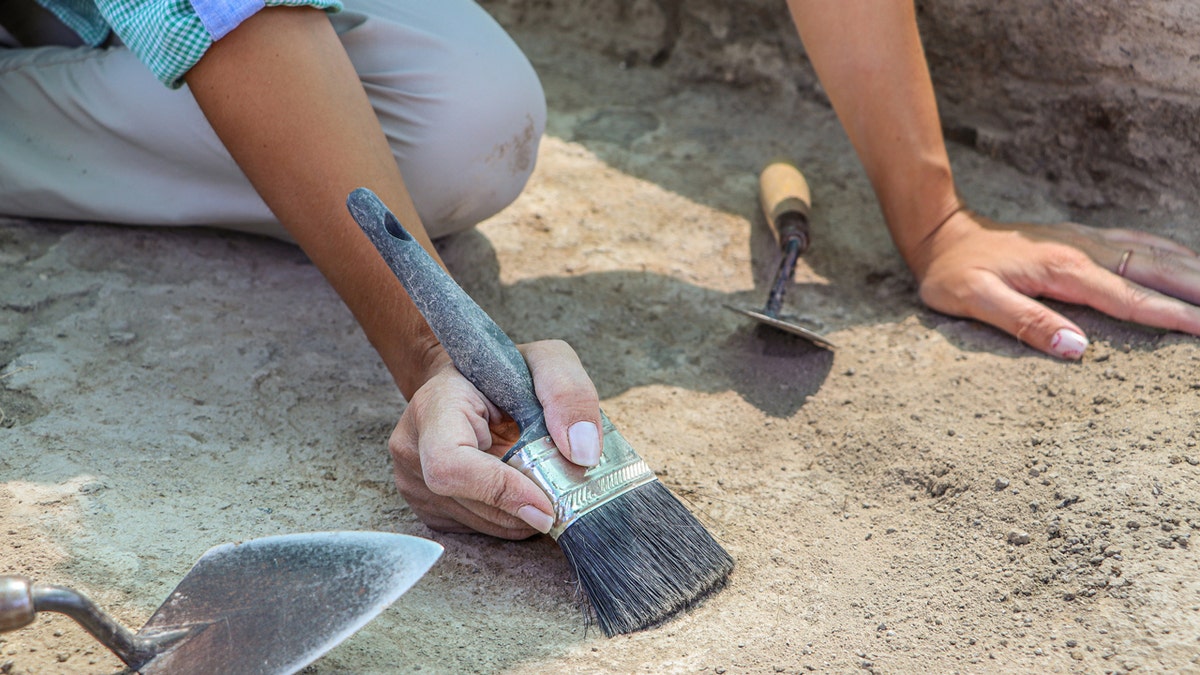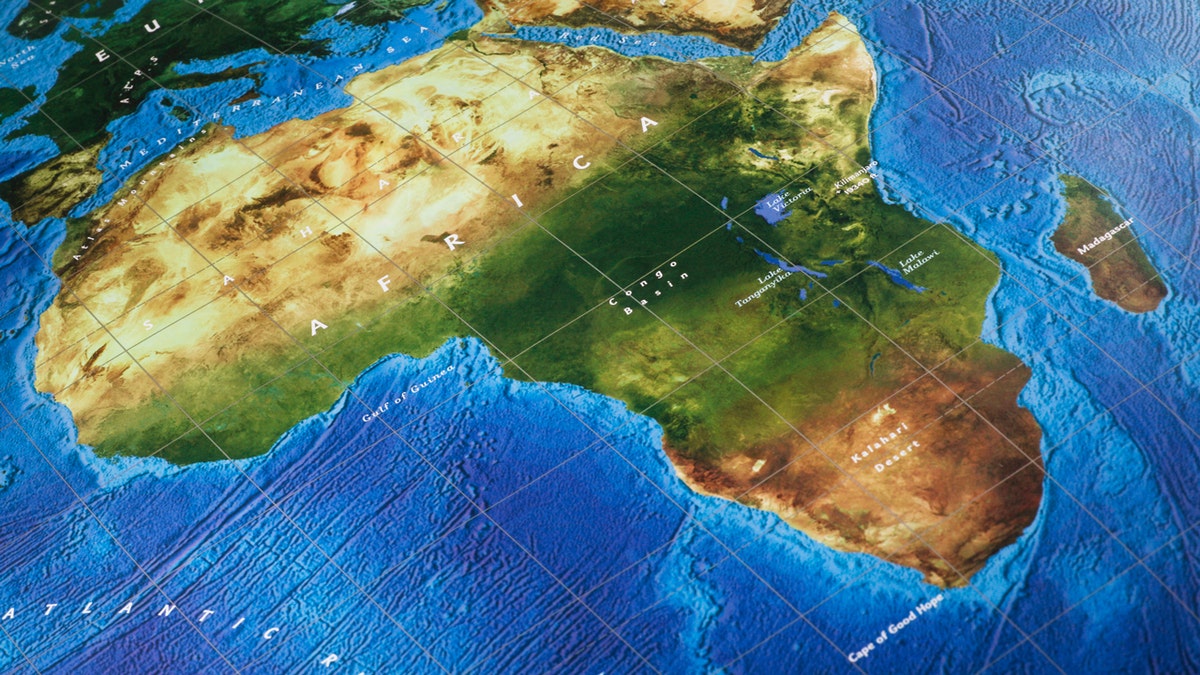A farming society dating back thousands of years was discovered in Morocco, in an archaeological site that spent many years unexplored.
The archaeological site of Oued Beht in Morocco was first uncovered in the 1930s, according to a study published on July 31, 2024, in the journal “Antiquity.”
After the site was first discovered, it spent many years mostly untouched.
The Oued Beht site, near Rabat, was explored by archaeologists, who found many pieces of evidence to show the area as an ancient farming society. (Arterra/Marica van der Meer/Universal Images Group via Getty Images)
MOM, SON DIG UP ANCIENT OBJECT OFTEN FOUND NEAR BURIAL GROUNDS WHILE GARDENING
In 2021, new fieldwork commenced, conducted by the British-Italian-Moroccan Oued Beht Archaeological Project (OBAP). The findings presented strong evidence that the area was once used for farming.
Carbon dating of charcoal and seeds that were removed during excavations, mostly from deep pits, dated the site back to 3400 B.C. to 2900 B.C., per the study.
The site is “currently the earliest and largest agricultural complex in Africa beyond the Nile corridor,” the study noted.

Many artifacts came out of Oued Beht, including stone tools, axes and pottery. (iStock)
ARCHAEOLOGISTS FIND SEVERAL ROCK CARVINGS OF ANCIENT BOARD GAME DATING BACK 4,000 YEARS
Before this fieldwork, little was known about the people who lived in this area during the time period.
“For over 30 years I have been convinced that Mediterranean archaeology has been missing something fundamental in later prehistoric North Africa,” Cyprian Broodbank, of the University of Cambridge and a leader in the research, said, per Morocco World News. “Now, at last, we know that was right, and we can begin to think in new ways that acknowledge the dynamic contribution of Africans to the emergence and interactions of early Mediterranean societies.”
Out of the archaeological site came pottery, chipped stone, axes and microlithics (stone tools), according to the published study. Additionally, there were several “bell-shaped” pits discovered in the excavation as well as the remains of sheep, cattle and pigs.

The area studied by archaeologists was one not one previously explored. (iStock)
CLICK HERE TO GET THE FOX NEWS APP
There are strong commonalities with this particular site and ones aged similarly in Iberia, with numerous finds of African ivory and ostrich eggshells being uncovered, per the study, which has been an indication of the Iberians’ connection to Africa.
“For more than a century, the last great unknown of later Mediterranean prehistory has been the role played by the societies of Mediterranean’s southern Africa shores west of Egypt,” the authors said of their recent findings, according to a press release, per Newsweek. “Our discoveries prove that this gap has been due not to any lack of major prehistoric activity, but to the relative lack of investigation and publishing. Oued Beht now affirms the central role of the Maghreb in the emergence of both Mediterranean and wider African societies.”
